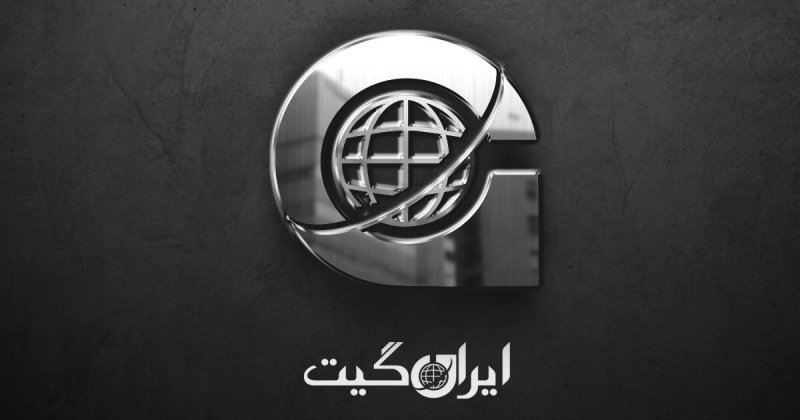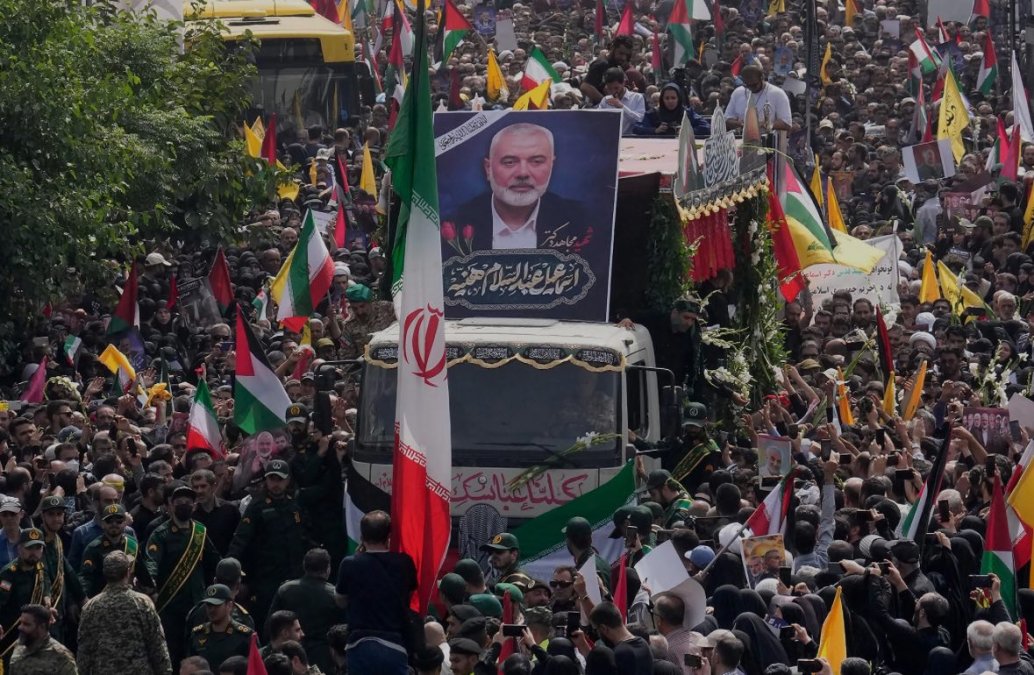A Year After the Silent Assassination of Ismail Haniyeh and the Collapse of the Resistance Axis from Tehran to Beirut
A Year After the Silent Assassination of Ismail Haniyeh and the Collapse of the Resistance Axis from Tehran to Beirut
Amid the rapid developments in the Middle East, the assassination of Ismail Haniyeh in Tehran marks a sensitive and unprecedented point in the escalating tensions between Iran and Israel.
This event not only has significant military and intelligence dimensions but also symbolically and politically indicates a shift in the balance of the shadow war that has been ongoing between Tehran and Tel Aviv for years.
Saeed Aghanji, editor-in-chief of the Irangate News Agency, explores various aspects of this event in this report, from Israel’s intelligence infiltration into the depths of Iran’s security structures to its chain effects on Tehran’s regional allies and the gradual decline of the resistance axis.
This analysis is not only based on official sources and media reports but also takes a strategic view to provide a clear picture of the changing power dynamics in the region after Haniyeh’s assassination. The present report goes on to examine in detail the course of events, the reactions of the parties involved, and the future outlook of this crisis.
On the morning of August 1, 2024, Iran and the region woke up to shocking news: Ismail Haniyeh, Secretary General of Hamas’s Political Bureau, had been killed in Tehran.
This news not only affected Tehran’s newspapers but also completely transformed the news landscape of the Gaza war and tensions with Hezbollah. Newspapers that morning published an image of Haniyeh embracing Massoud Pezeshkian, the newly sworn-in president, on the stands.
Haniyeh, who had been invited as one of the special guests for the inauguration ceremony, was in a secure residence of the Quds Force of the IRGC and was preparing to sleep when he was attacked. Wasim Abu Shaban, his chief bodyguard for the last five years of his life, was also killed in the same room.
Up until then, Haniyeh had traveled from Doha to Tehran along with a senior Hamas delegation, while the Gaza war had entered its ninth month following Hamas’s attack on southern Israel on October 7, 2023. Just hours before his assassination, he had also met with Ali Khamenei.
Three months before this incident, the President and Foreign Minister of Iran died in a helicopter crash in Azerbaijan, leading to early elections in which Massoud Pezeshkian was elected as the new president.
Haniyeh was assassinated at the peak of Israeli attacks on Hezbollah in Lebanon. The day before, Fuad Shukr, a senior Hezbollah commander, had been killed in an airstrike south of Beirut.
Four months later, the Israeli Defense Minister and Prime Minister admitted to being involved in Haniyeh’s elimination and warned that if threats continued, Iranian leaders would also be on the elimination list.
In the shadow of this assassination, the collapse of the resistance axis
The assassination of Haniyeh in the heart of Tehran, while the Iranian government considered itself the leader of the resistance axis, was the beginning of a series of events that led to the weakening of this alliance. Israeli media reported that the aim of the operation in Tehran was to demonstrate Tel Aviv’s penetration into the heart of the Islamic Republic, a deterrent against future military threats.
A year later, Iran has yet to release details on how the infiltration into Haniyeh’s special residence occurred and has not officially accused or arrested anyone.
Whether deeper investigations into Israel’s infiltration of confidential military information have been conducted remains unclear.
Following the assassination, blows came one after another. Hassan Nasrallah and Abbas Nilforoushan, the IRGC commander in Lebanon, were killed within two months. Yahya Sinwar, the Hamas leader in Gaza, was also targeted in a drone attack.
The sudden fall of Bashar al-Assad’s government in Syria is also considered a turning point in the collapse of the anti-Israeli alliance.
The fall of the Damascus regime made it very difficult to transfer weapons to Hezbollah, and Iranian officials admitted that this event was a major blow to the resistance axis.
Subsequent tensions and the escalation of the crisis
Haniyeh’s assassination was not the only beginning of severe tensions. In April 2024, Israeli airstrikes on Damascus and Iran resulted in the deaths of IRGC commanders.
In response, Iran launched the ‘Vow of Truth 1’ missile-drone attack on Israel, and Israel targeted the air defense of Isfahan.
Despite the promise of retaliation, ‘Vow of Truth 2’ was delayed for months until October of that year when Iran once again conducted a missile-drone operation against Israel. Shortly after, the deaths of Nasrallah’s successors and other limited battles increased the tension.
In June this year, direct confrontations between Israel and Iran officially began with targeted attacks on Iranian soil. The assassination of Iranian military commanders and nuclear scientists remained at a high tension phase.
With the emergence of a fragile ceasefire from June 24, suspicions about mysterious attacks in Tehran increased, and many on social media speculated about possible Israeli infiltration within Iran, although Tel Aviv has officially remained silent.
In this situation, political and military officials in Tehran and Tel Aviv, while declaring readiness for reciprocal responses, have indicated that continued threats may lead to new surprises. This unprecedented assassination also sent a clear symbolic message: Iran’s internal security is vulnerable even at the highest levels of protection.
The fact that Mossad was able to carry out its operation in one of the country’s most secure and monitored residences shocked Iran’s security and military apparatus.
Many regional analysts believe that this operation was more of a psychological and intelligence battle than a physical elimination, deeply targeting the security reputation of the Islamic Republic.
The delay by Iranian officials in providing clear explanations and the news silence around the details of the operation only fueled the ambiguities.
Moreover, Haniyeh’s assassination also highlighted the internal fractures within the decision-making structure of the Islamic Republic.
Some observers believe that the presence of security and intelligence infiltrations at mid-levels is an indication of fragmentation and a crisis of cohesion in Iran’s sensitive institutions.
In such conditions, the claim of leading the resistance axis in the region has been questioned more than ever, especially since alongside direct Israeli attacks, Tehran’s long-time allies have either been eliminated one after another or placed in a position of passivity.
For the first time in four decades, Tehran is not only facing a direct military threat but its strategic legitimacy among its allies has also come under doubt.

